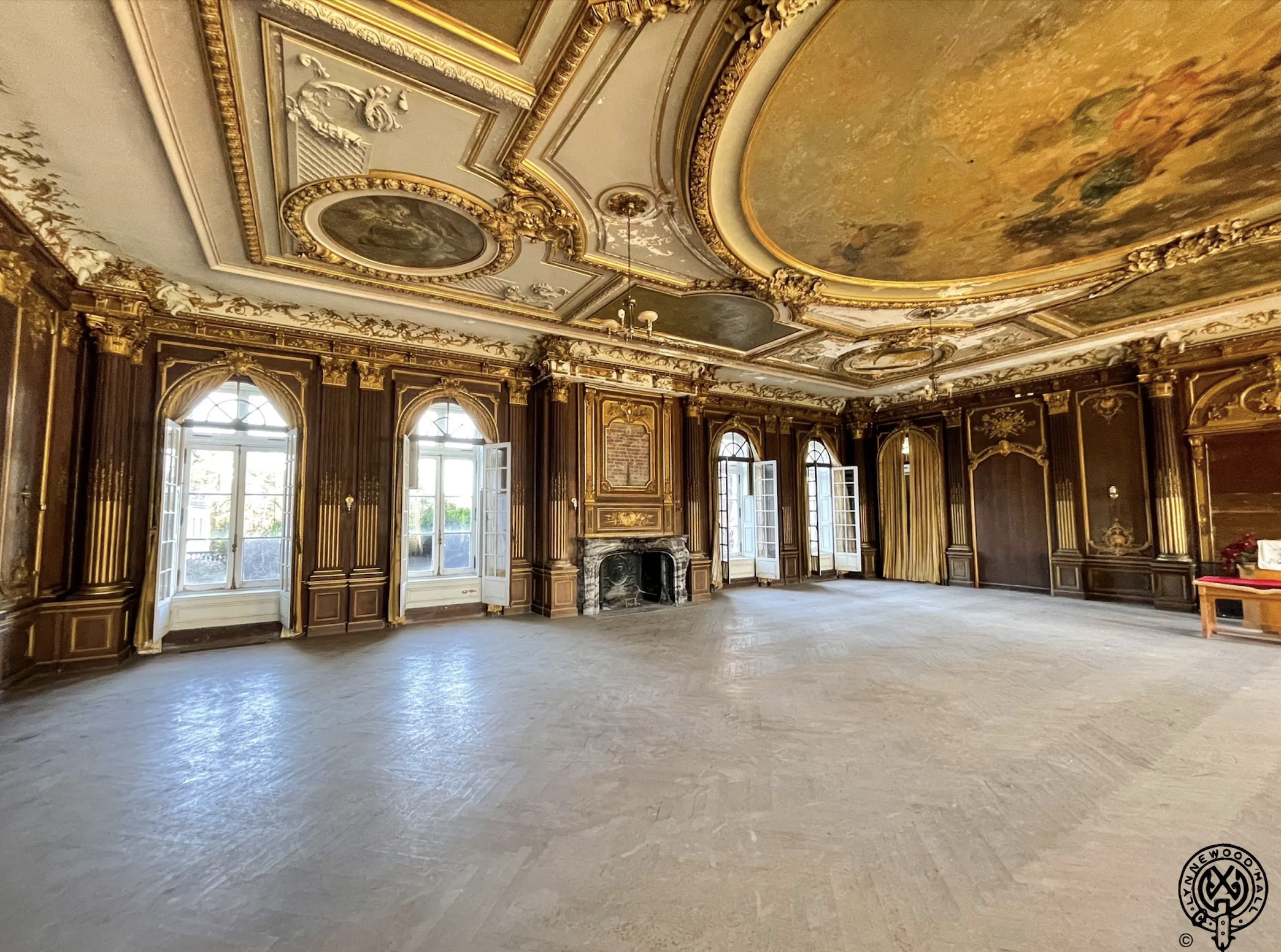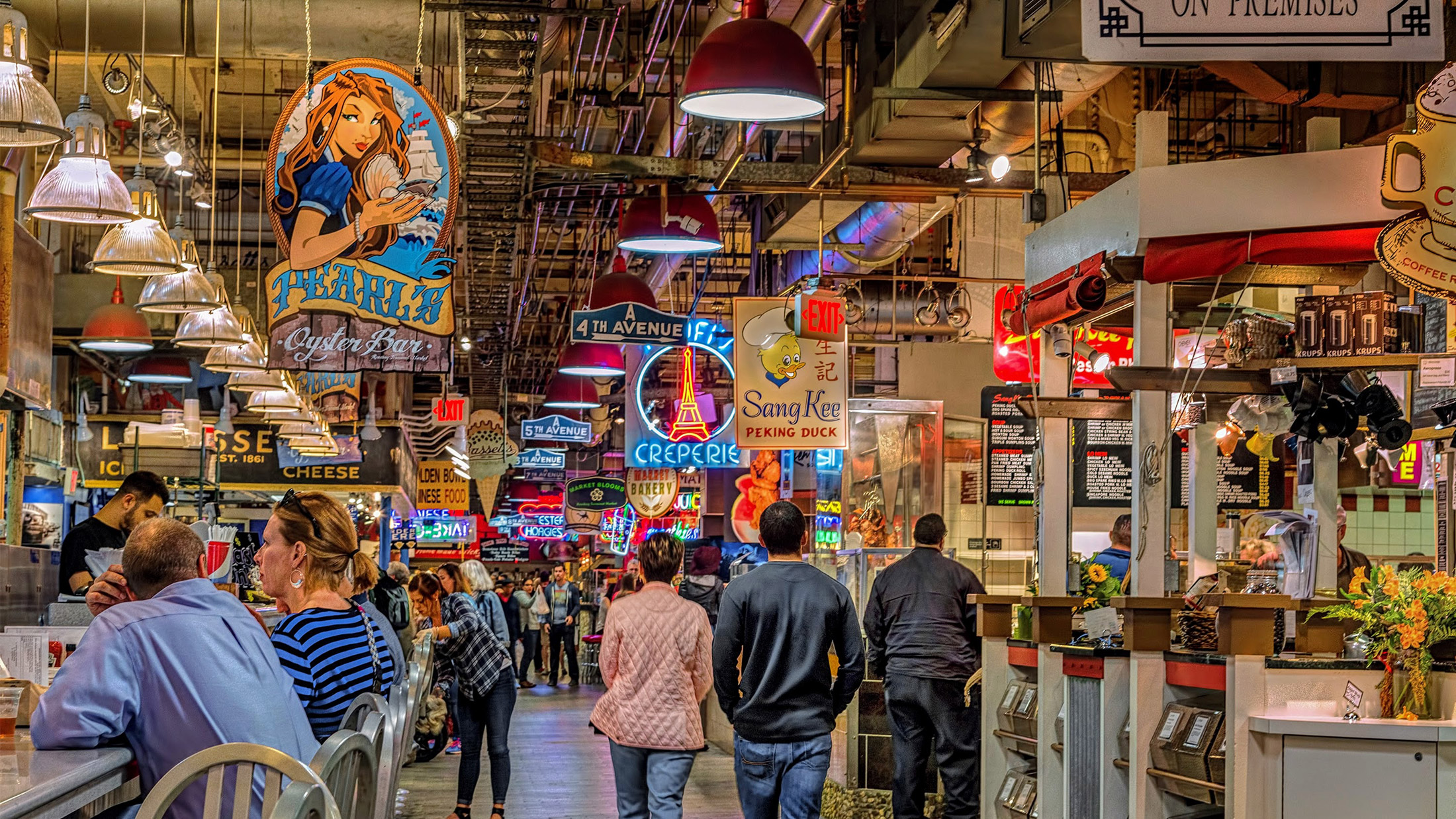the secret life of buildings
The Secret Life of Buildings: Philadelphia’s Naval Shipyard ‘The Navy Yard’
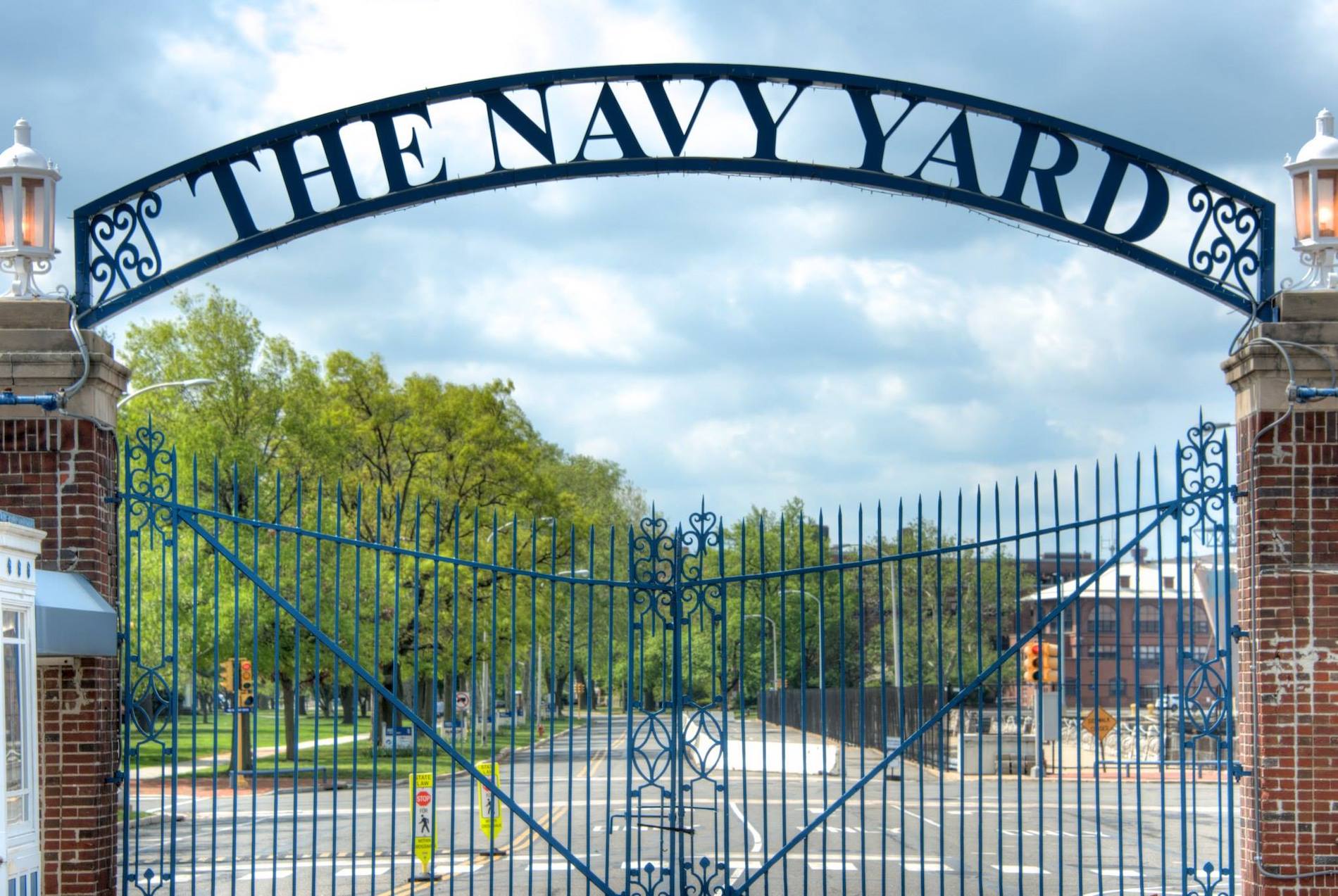
If you have been to the Navy Yard recently, it may have been to participate in a 5K race or attend a fashion show or wedding. From the haunting ghost ships in dry dock, it is hard to believe this was once a nationally acclaimed shipbuilding center that employed over fifty thousand workers. We looked back into the Navy Yards’ past to give you a deeper appreciation of the place in Philly’s history.
History
In 1801, the Federal government established the Philadelphia Naval Yard in Southwark, between Federal and Race Streets, because our City employed the most skilled shipwrights in the nation. The Navy Yard’s first major warship, the 74-gun Franklin, launched before fifty thousand onlookers in 1815. By the Civil War, the Southwark site lacked the space required to build state-of-the-art warships.
To keep the Navy Yard here, in 1862, Philadelphia political and business leaders offered a new site for the yard at League Island, a 923-acre area at the meeting point of the Schuylkill and Delaware Rivers. Their asking price? Just one dollar! Both the Southwark Navy Yard and the League Island shipyards operated for eight years, ending with the closure of the Southwark site in 1876.
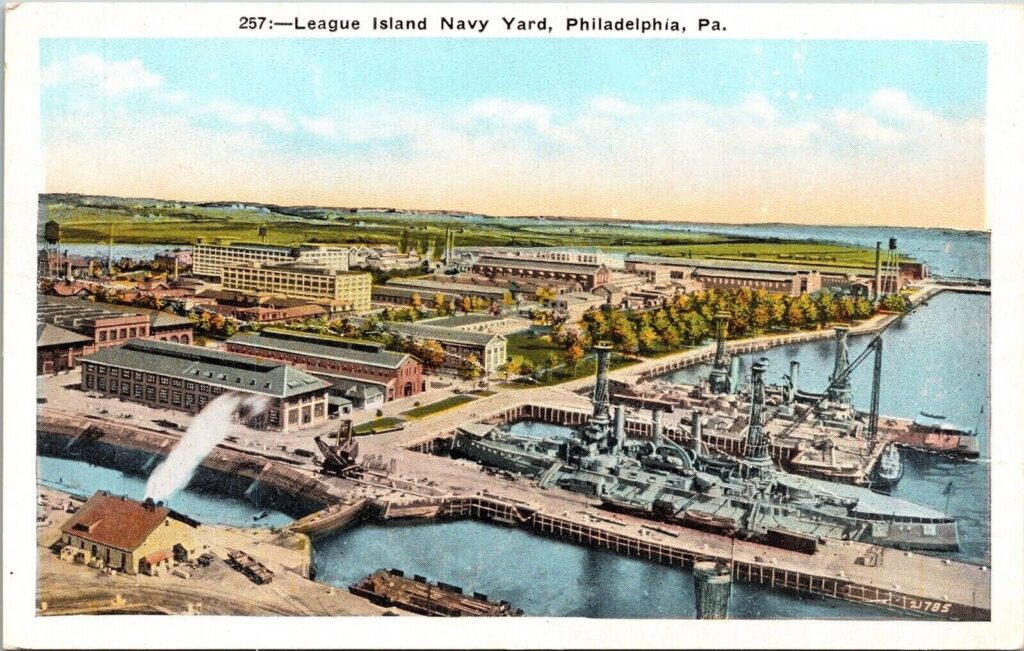
Ironically, the new League Island site never had the modern steel-building facilities needed to construct state-of-the-art warships. Those contracts when to shipbuilders in Delaware, while Philly’s new Navy Yard became an outfitting station and reserve fleet storage facility for most of its duration. Just when the Yard was doomed for closure, it was upgraded. Many of its buildings were constructed before and during World War I.
Further expansion split League Island into a naval shipyard on its western side with new dry docks and a Navy base, training center, and the Marine Corps Reservation on its eastern side. Aviation facilities were also added with a hangar and airfield on the islands’ eastern end in 1910. The aircraft factory focused on seaplanes.
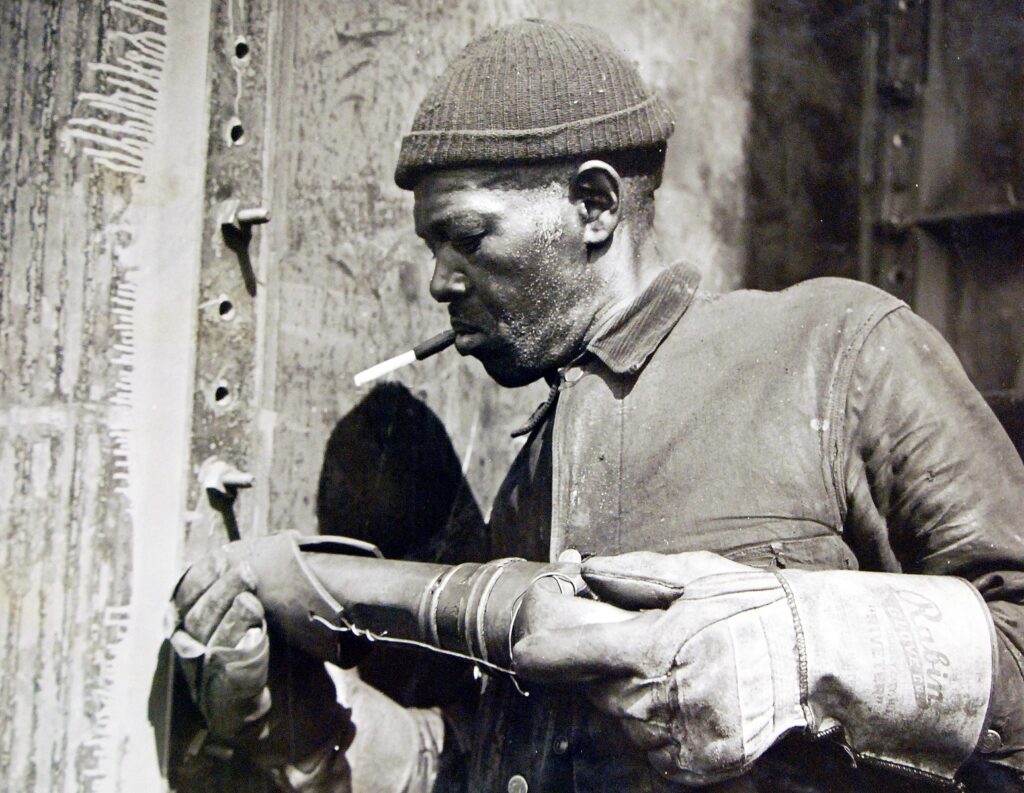
Between the First and Second World Wars, the Navy Yard became a mothball fleet and the workforce shrank from twelve to five thousand. Image how these layoffs impacted the City’s workers! The Great Depression which was bad for the nation, was good for the Navy Yard with funding from the New Deal. As a result, Philadelphia turned out a dozen ships between 1934 and 1938. The most decorated battleship in American history, the New Jersey, was launched in 1940 and served with distinction in World War II, the Korean War, and the Vietnam War, plus U.S. intervention in the Lebanese civil war.
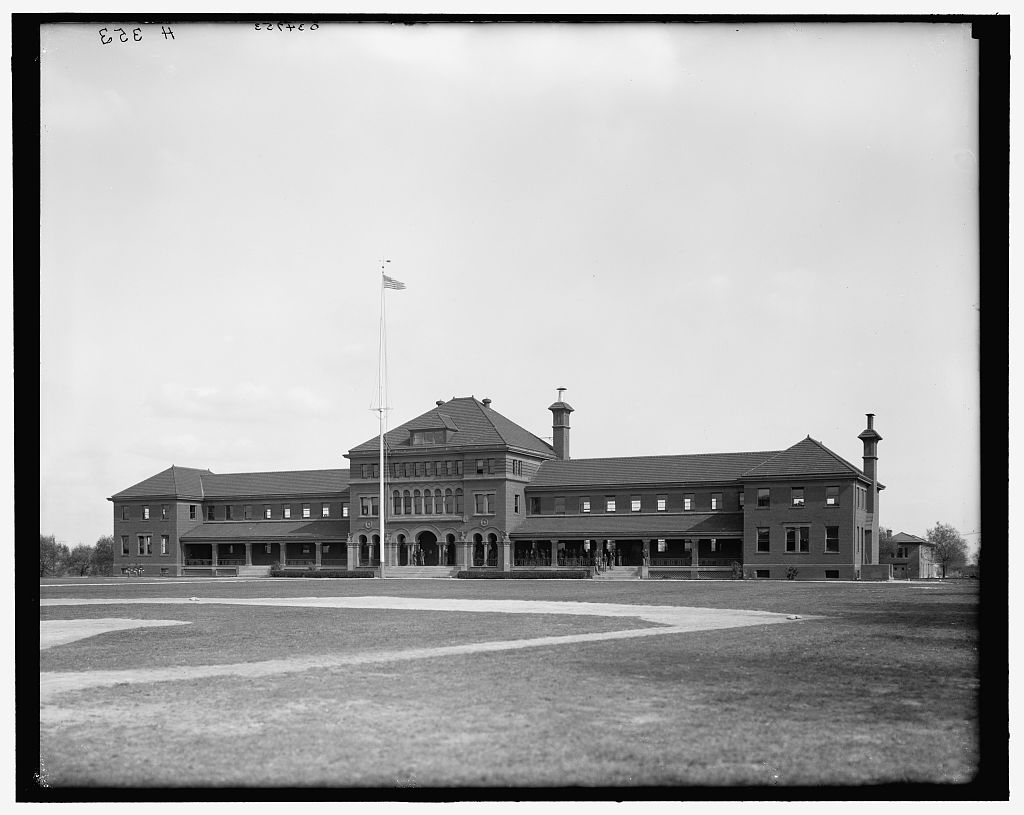
The most productive period of the Navy Yard was during World War II when it became a self-contained community with its own sports leagues, bands, and newspaper. It built 48 new warships, converted 41 more, repaired and overhauled 574, dry-docked 650, and outfitted 600. The Naval Aircraft Factory built 500 planes. Its workforce topped 60,000.
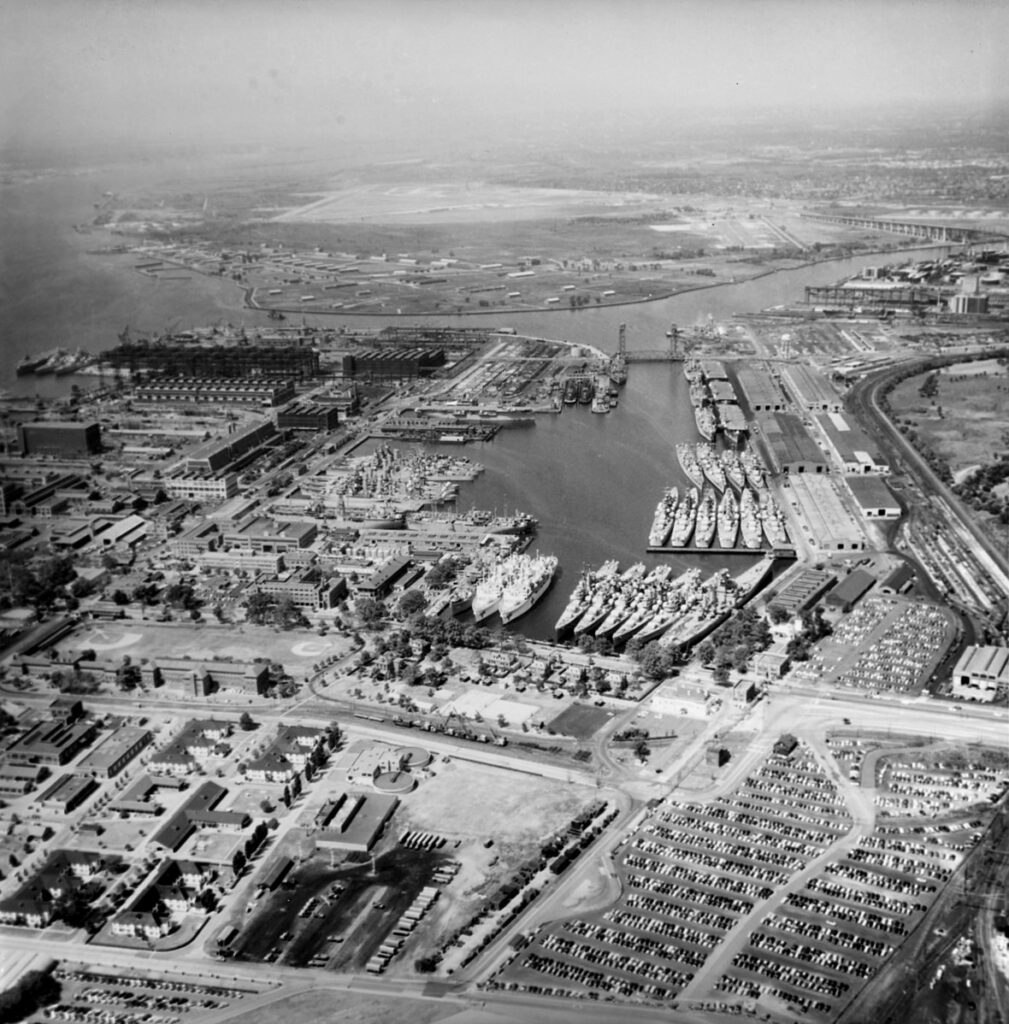
If you are a fan of “Oppenheimer,” you will be fascinated to learn that our Navy Yard conducted experiments instrumental to the construction of the atomic bomb. In 1944, a Navy Yard building storing uranium for the Manhattan Project exploded, killing two and burning nine. The Navy Yard’s proximity to Philadelphia’s large population meant the base would never become a nuclear naval facility. Still, some of the research conducted at the Yard guided the construction of the U.S. Navy’s first atomic-powered submarine.
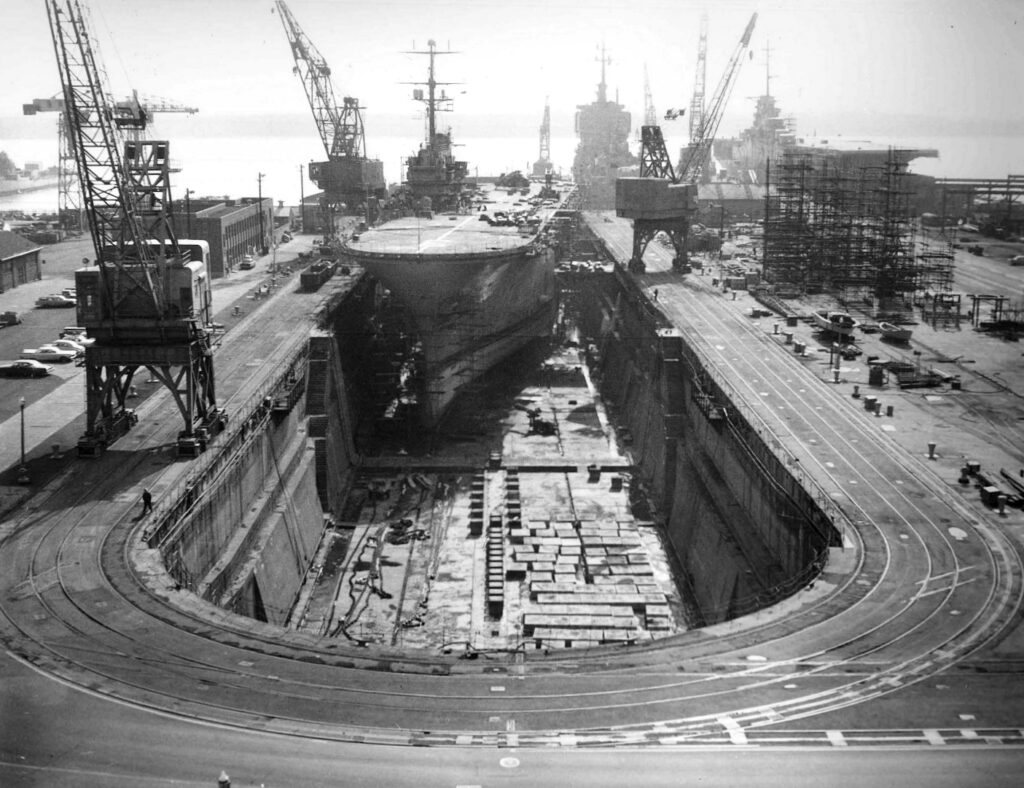
Vietnam brought another short-lived boom, reactivating more warships, but a congressional mandate in 1967 to move new ship construction to private yards. The Philadelphia Navy Yard closed in 1996. (Despite its official closure, the U.S. Navy’s Naval Ship Systems Engineering Station (NAVSSES), the Propeller Shop and Foundry, and the Naval Inactive Ship Maintenance Facility remain in operation today.) The Philadelphia Industrial Development Corporation (PIDC) purchased the land in 2000. Redevelopment plans included a 1,200-acre office park and a futuristic 205K sq ft complex designed by Francis Cauffman for GlaxoSmithKline.
The Navy Yard Today
Currently, more than 150 companies have offices at the Navy Yard, spending $750 million on private development — much of it to renovate historically significant naval buildings for reuse. The Navy Yard Directory includes engineering, architecture, finance, environmental services, and pharmaceutical companies, as well as Urban Outfitters (known as URBN) and Tasty Baking which is responsible for that delicious aroma. Plus a historic wedding chapel!
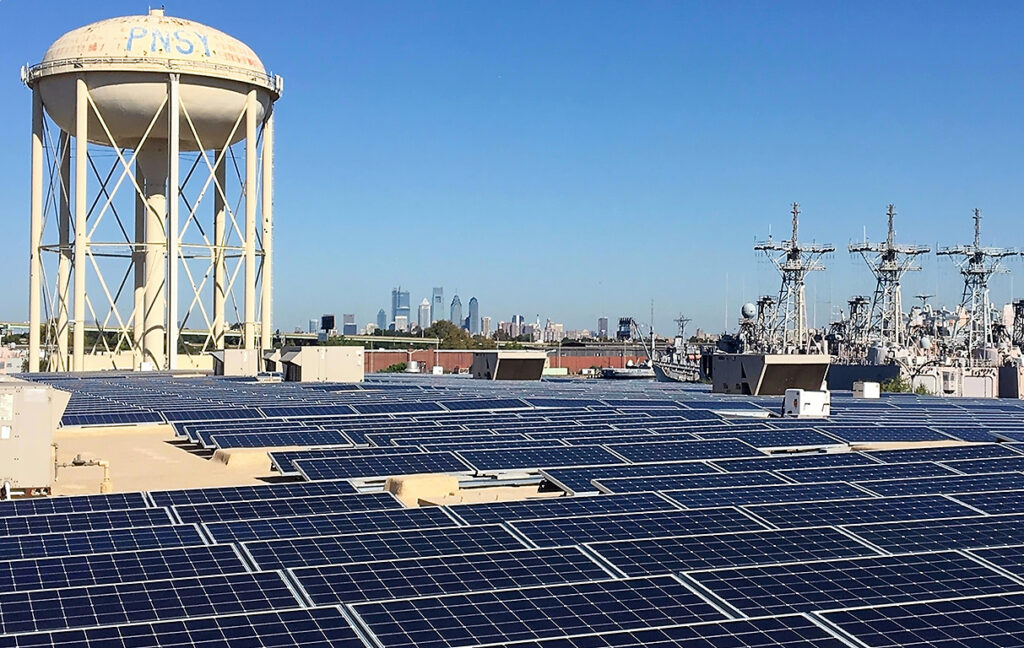
In July of 2022, PDIC announced a $6 billion plan to create a residential community in the Navy Yard adding nearly 4,000 apartment units and 235,000 square feet of retail space. As part of the plan, they seek to expand public transit to the area with dedicated bike lanes, rapid bus lines, pedestrian-only streets, and a new transit center connecting the Navy Yard to Broad Street.
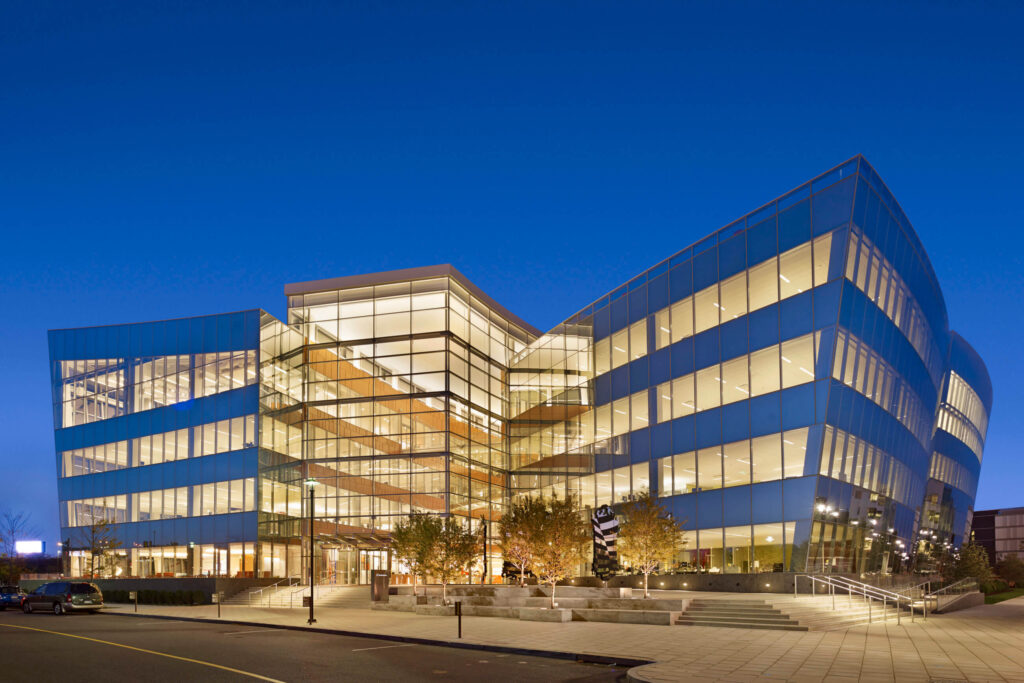
PDIC is also implementing a range of sustainable projects to expand open space, add stormwater canals, and dry ponds. Current sustainable efforts include several green roofs, a focus on constructing high-performance buildings (85% of buildings constructed since 2006 are LEED-certified buildings), and solar initiatives. The Navy Yard Community Solar Project includes the installation of a 425 kW solar photovoltaic system on the roof of Building 990, home to Rev Zilla, a motorcycle gear company. This installation will produce an estimated 901,758KWh annually of clean, carbon-free electricity for the Navy Yard microgrid.
We highly recommend a visit to the Navy Yard. Few other parts of Philly are as emblematic of its past and as promising as its future.






